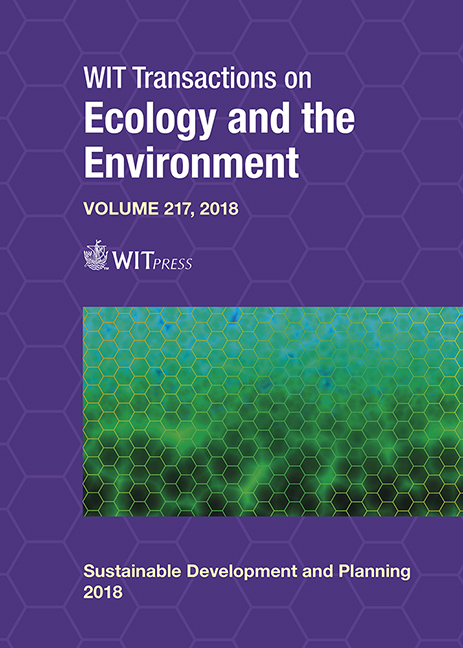UNIVERSITY COMMUNITY COMMUTING TRIP PATTERNS: TEMPORAL ASSESSMENT
Price
Free (open access)
Transaction
Volume
217
Pages
10
Page Range
735 - 744
Published
2018
Size
413 kb
Paper DOI
10.2495/SDP180621
Copyright
WIT Press
Author(s)
BUSARI AYOBAMI, JOSHUA OPEYEMI, JOSEPH OYEDEPO, OLUWOLE OLAWUYI, KOFOWOROLA DARAMOLA
Abstract
The trip pattern of the university community is a vital component of the overall transportation demand of a province, but it is not well epitomized in travel demand models. This descriptive research assessed the temporal commuting pattern in the university environment, with special focus on universities in southwestern Nigeria. This study was achieved by using detailed questionnaires and oral interviews for data collection from both staff and students in the universities considered. Information on socio-economics, demographics, the frequency of trips, trip time, and transportation mode choice were analyzed. We adopted statistical software SPSS version 21 and Microsoft Excel for the data analysis. The results of our research showed that the use of the shuttle as a transportation mode declined as the trip time increased, among university staff, with an R2 of 0.9308. Conversely, bicycle use increased irrespective of the trip time for both student and staff, with a R2 value of 0.928. Universities’ commuting patterns are important, because the commuting habits of students and staff have consequences on the motivation for both study and work. Ultimately, this data will help transportation policy makers work on the effective strategy required for efficient transportation planning in the university environment in similar cities in Nigeria and developing nations.
Keywords
college students, Nigeria, transportation planning, transportation demand, travel behavior, temporal assessment, trip frequency, trip pattern, university community, university environment





